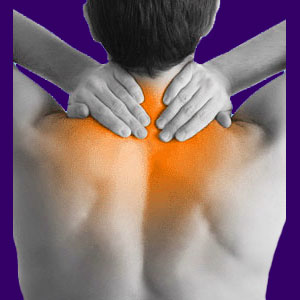
Spinal stenosis exercises provide a conservative back pain treatment option for this common and potentially pathological structural condition. Many patients with mild to moderate spinal stenosis are prescribed stretches and exercises as part of their therapy regimen. The success or failure of this treatment modality depends on several factors including the actual cause of the pain, the extent of the stenosis and the reaction of the patient.
Physical therapy is one of the most widely utilized of all nonsurgical back and neck pain treatments. While it is perfectly suited for rehabilitative purposes after injury or surgery, there are times when the logic of prescribing exercise therapy is questionable. Being that no exercise will help to reshape the interior of the spinal canal, patients diagnosed with stenosis often wonder what exactly exercise treatment will do for them.
This treatise helps to answer this query, providing a logical and objective look at exercise treatment for central stenosis of the spine.
Spinal Stenosis Exercises Theory
As with many back pain conditions, doctors do not always have a clear cut idea what exactly a specific treatment protocol is supposed to achieve. In the case of spinal stenosis, doctors will often argue that exercise helps to stretch and condition the muscular tissues, which will then help to support the spine. The canal is deemed to be narrowed, but the spine is not in need of any additional support. Therefore, what is the point of this explanation?
Additionally, symptomatic stenosis is a condition that is worsened or relieved based on the movement of the spine. Bending or sitting for example, will often relieve lumbar stenosis pain, since these activities create more room in the lower back spinal canal, taking pressure off the nerve roots and spinal cord. Exercise may capitalize on this occurrence, or may exacerbate suffering, depending on the activity selected and the degree of canal impingement.
Many doctors have simply followed traditional treatment protocol without questioning what the stenosis therapy is designed to actually achieve. This is often done simply to fulfill insurance requirements needed to gain coverage for more invasive and drastic care modalities.
Spinal Stenosis Exercises Reality
Yes, certain positions certainly do relieve pressure on the spinal canal. This fact is demonstrable and might cause a momentary pause in symptoms. However, the results of position-related treatment, such as stretching and exercise, will not have any lasting effects on a stenosis condition. The only logical explanation why so many stenosis patients experience some degree of lasting relief when using exercise or stretches is from the increased oxygenation of the area due to the muscular workout.
It is a known fact that ischemia is one of the most common causes of idiopathic and misdiagnosed back pain conditions. In this scenario, the exercise fights the ischemia, which in turn relieves the back pain. This idea makes much more sense than speculating that the stenosis itself benefits in any way from exercise. So, to simplify this idea, the exercise treatment works in these cases only because the condition has actually been misdiagnosed.
Exercises for Treating Spinal Stenosis
Many chronic dorsalgia conditions are actually caused by some idiopathic process which may remain anonymous by using the coincidental stenosis as a back pain scapegoat. As an aside, I do recommend exercises and stretches for general health and fitness. There is nothing wrong with doing spinal exercises, since they will help you to achieve an improved physical condition. However, do not expect any miracle relief from this method, as it is simply symptomatic treatment and often directed at a mistaken causation.
I would suggest seeking curative treatment for stenosis by addressing the actual source of the canal narrowing. Once this is accomplished you can enjoy exercise as a pleasurable pastime, rather than a possibly torturous treatment. Even if surgery may be required to resolve the stenosis change, then exercise will be a valuable and useful part of your overall recovery plan. In this rehabilitative role, exercise makes much more sense.




